Carnation "Pink Kisses": description, planting, care and reproduction
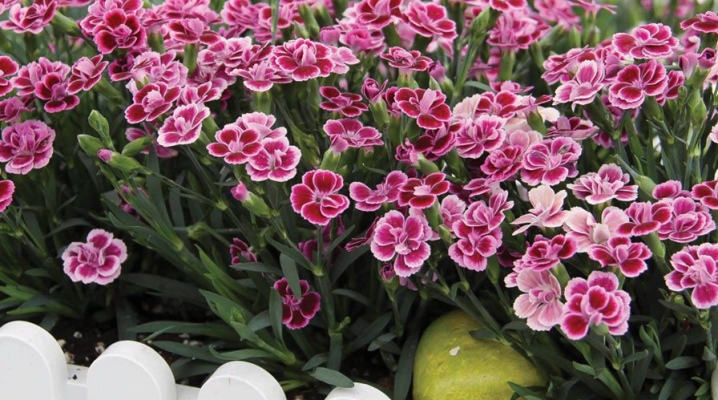
Chinese pink kisses carnation attracts the attention of Russian gardeners with its graceful flowering. In addition, this variety is quite unpretentious in care, it winters well when grown in harsh conditions and pleases with its beauty for many years. Novice growers should remember a few rules for proper care of the presented variety.

Description
The compact perennial carnation is a small lush bush with a height of 10 to 50 cm, depending on the variety. The plant has thin, smooth stems with nodules. The average diameter of single flowers is 2-4 cm. An interesting decorative feature is the ability of narrow leaves to curl. Pink kisses (or "Pink Kiss") refers to the dwarf hybrids of the Chinese carnation. The culture does not exceed 15 cm in height. Flowering begins in mid-summer and continues until autumn. During this period, elegant, fragrant flowers bloom, combining delicacy and attractive charm. The petals are pink and have a white border around the edge.
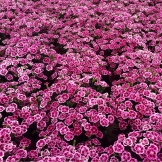
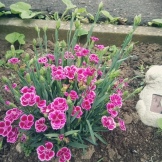

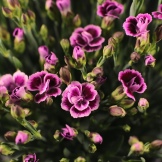
Most often, the flowers of the presented variety are grown when decorating borders, rock gardens. And also the container method of keeping is widespread. Particularly impressive landscapes are obtained with a group planting of pink carnations with bright orange and purple flowers.
How to plant?
Before planting, it is important to choose the most favorable site for the Chinese carnation. This species loves the sun, therefore, the flower bed should be well lit, although the plant will develop well in light partial shade. The main requirement for the soil is good water permeability, since the culture does not tolerate stagnant moisture. In addition, it should be light, fertile land. Favorable planting time - early May. At this time, it is no longer very cold at night, but if the cold suddenly hit, then the plant will need to be insulated with a film. Before sowing, it is recommended to treat the seeds with succinic acid and dry them without overdrying them. The soil also needs preliminary preparation - it should be freed from weeds and loosened.
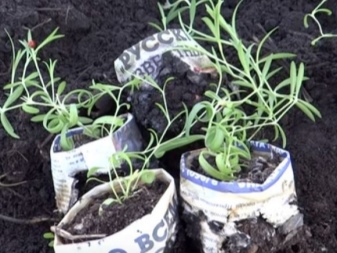
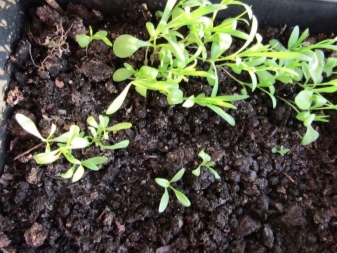
Landing is done in small grooves. It is important not to thicken future bushes - if planted too close, the sprouts will quickly fade. Some gardeners mix the seed with sand and scatter the whole mixture into the grooves, lightly sprinkling with earth and moistening the planting site. The planting material will develop well if the temperature is set outside +20 degrees during the day and +15 at night. The first shoots can be observed after 3 weeks. If the gardener noticed that the stems are growing too densely, then they should be thinned.
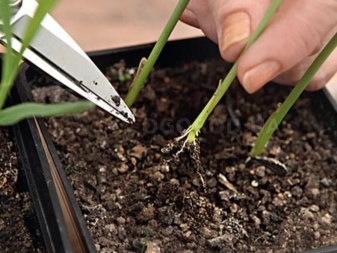

Growing
Taking care of a Chinese perennial is easy. When leaving, pay attention to the following points.
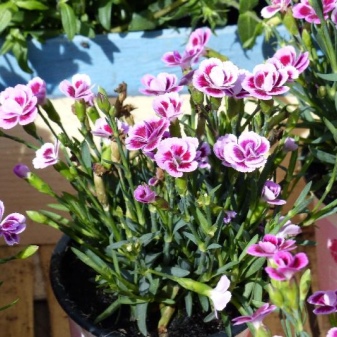

Watering
This plant prefers regular watering, but in moderation. It is customary to spend about 0.5 liters of water per bush. It is important not to overdo it with the volume - overflow threatens to ruin the culture. It is advisable to water the cloves in the evening and perform the procedure clearly at the root. After each watering, it is required to loosen the soil and remove weeds at the same time.

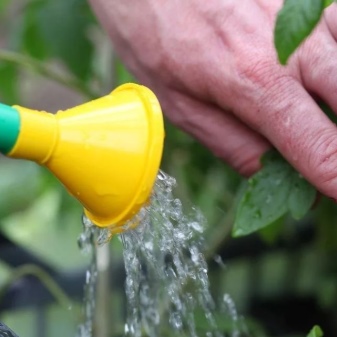
Top dressing
In the first year, the plant needs to grow green mass, so it should be fertilized with mixtures containing nitrogen (for example, humus or urea). Potassium chloride compounds or manure are unacceptable dressings for carnations. In the case of nitrogen, it is also important not to overdo it with volume. In the second year of life, it is customary to feed the culture as follows:
- in early spring, dried urea is embedded in the soil;
- during the budding period, purchased mixtures for flowering crops are introduced ("Master", "Universal", "Pocon", nitroammophoska and superphosphate will be a good addition);
- during the flowering period, complex mineral fertilizing is more suitable.
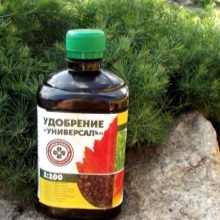

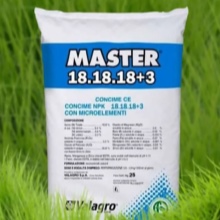
Diseases and pests
A common problem when growing a variety is virus damage. The more common of these is fusarium. This ailment can be distinguished by a dirty yellow bloom on the stems and the gradual drying of plant tissues. It is not possible to save the specimen, but the disease can be prevented by treating the still healthy plant with "Baktofit". If the flower is already infected, then it is better to destroy it in order to avoid the spread of the virus to neighboring plantings. All tools used to eliminate a diseased plant should be thoroughly disinfected after work. Another common disease is brown rot. Its occurrence is indicated by brown spots on the leaves. The cause of the disease is usually high humidity. You can fight the disease with special chemicals.
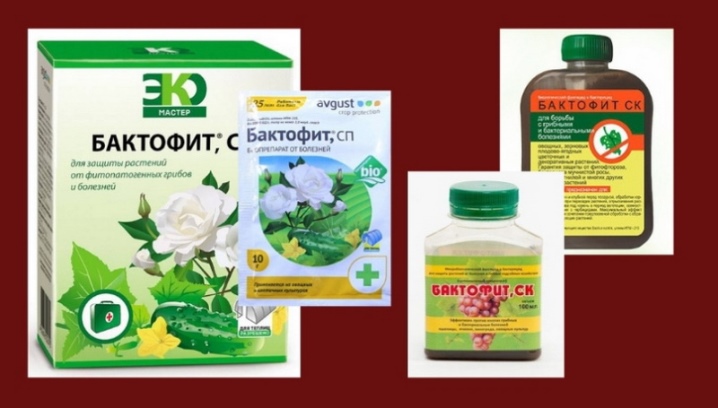
As for insects, the spider mite most often affects the carnation. It attacks the flower during drought and high temperatures. The means "Fitoverm" or "Iskra" will help to save the plant.
Preparing for winter
This Chinese variety withstands the harsh Russian climate quite well. To help the plant survive the winter months, the stem is pruned 10 cm above the ground in late autumn. Next, the bush is mulched with peat, sawdust or loose leaves. After winter, the warming layer of mulch is removed.
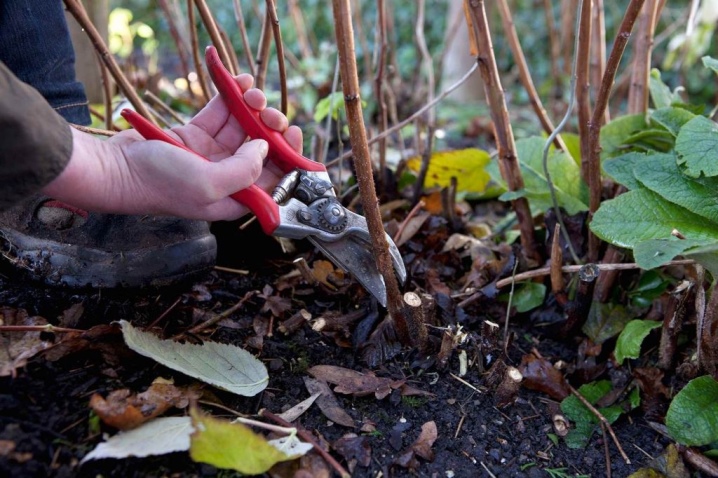
Reproduction methods
Many gardeners breed Pink Kisses at home. To do this, in March, prepare pots with a good drainage system and a substrate from a mixture of sand and earth. Spread the seeds on top, lightly sprinkle with vermiculite and leave the container on the light side of the window. When shoots appear, the pot should be placed in a room where the temperature is maintained from 15 to 17 degrees Celsius. Further, the sprouts dive, and after the onset of stably warm days and nights, the seedlings are planted in open ground.
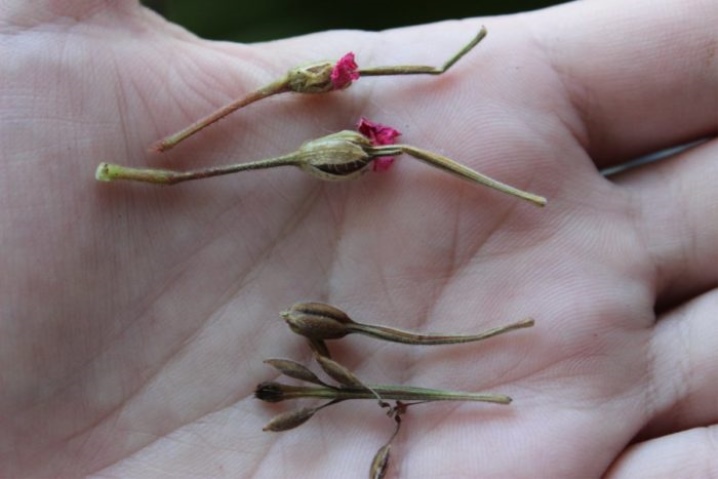
The method of propagation by cuttings is also common. For this, shoots without buds with 3-4 leaf nodes are suitable. The stalk should be cut at a level of 1 cm from the lower node, freed from the leaves, make longitudinal cuts on the node, placed in calcined sand, watered and covered with glass or film. Now it is important to maintain constant humidity in the "greenhouse" and not to allow the sand to dry out. Already in the third week, the roots are formed.

Another breeding method is dividing the bush, but few gardeners turn to it, since Chinese varieties have a taproot that cannot be divided. If the rhizome is well developed, then you can try this procedure in the spring. The plant is carefully removed from the soil and the rhizome is divided so that each lobe contains at least 3 live buds. Then all parts are planted in prepared planting pits.
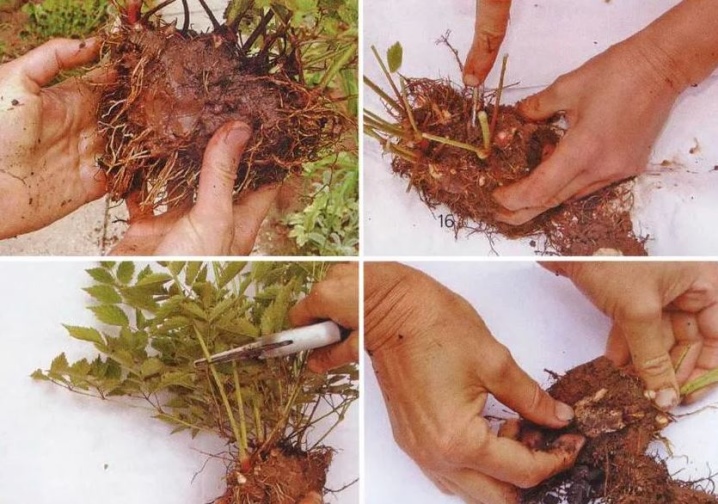
For information on how to properly care for Pink Kisses, see the next video.







































































































The comment was sent successfully.